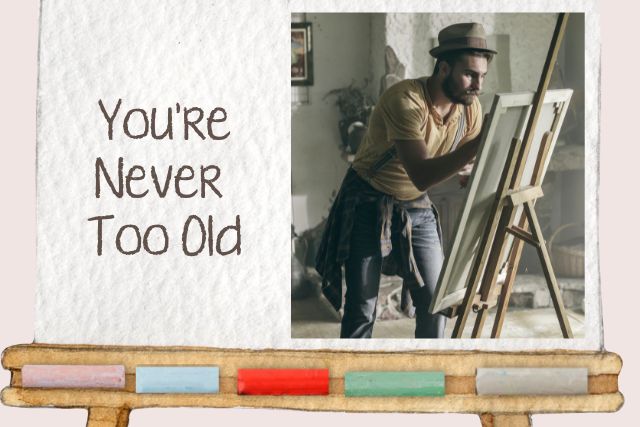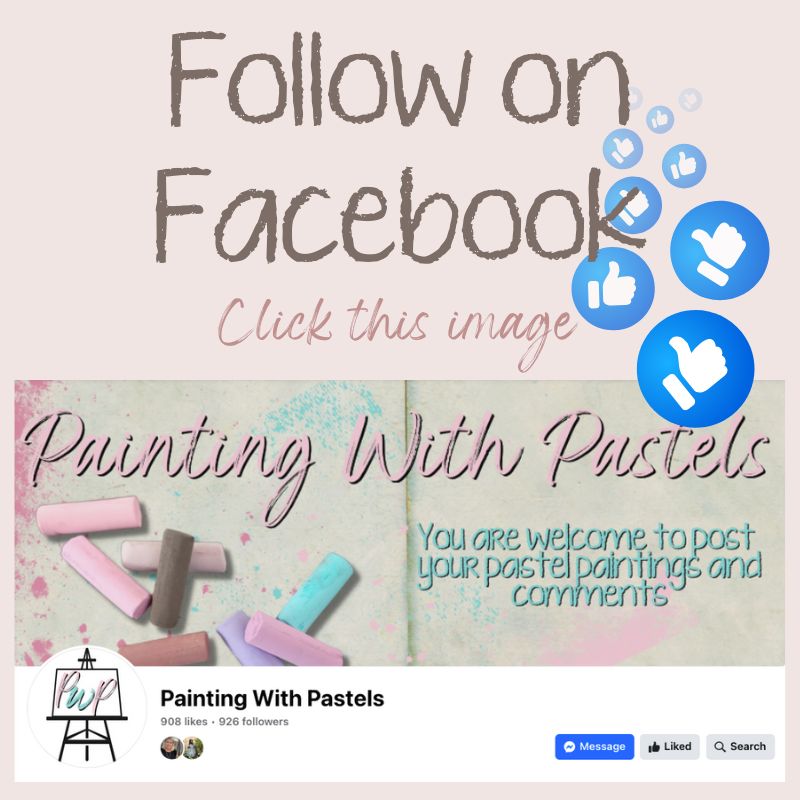You’re Never Too Old to Learn Something New: Exploring the Art of Pastels
Art has no age limit, and discovering a new medium can be a deeply rewarding experience. If you’ve ever been captivated by the vibrant hues and expressive strokes of pastel artwork, now is the perfect time to dive in. Pastels offer a unique and versatile approach to painting, allowing artists to work with rich pigment and immediate results. Whether you are a complete beginner or a seasoned artist looking to expand your repertoire, pastels provide endless opportunities for creativity.
Understanding the Power of Pastels
Pastels are an incredibly dynamic medium, ideal for artists who enjoy expressive stroke work and hands-on blending techniques. Unlike other painting mediums, pastels don’t require a brush because your fingers, blending tools, and even the edge of the pastel stick itself become your instruments. A pastel painting begins with light, gentle strokes, building up layers to (how to layer pastels) achieve depth and texture. Since pastels are pure pigment, their vibrancy and saturation remain unmatched, making them a favorite among artists who love rich color and direct application.
Choosing Your Pastels: Types and Textures

When selecting pastels, you’ll come across several types, each offering different textures and effects:
- Soft Pastels – The most commonly used type, soft pastels are rich in pigment and ideal for blending. Their buttery consistency allows for smooth transitions and layering.
- Hard Pastels – These contain more binder and less pigment, making them perfect for fine details and underpainting.
- Oil Pastels – Unlike traditional pastels, oil pastels have a creamy, waxy consistency that allows for bold, painterly strokes.
- Pastel Pencils – Combining the precision of a pencil with the richness of pastels, these are perfect for adding intricate details and fine lines.
- Pan Pastels—These ultra–soft pastel colours are applied with a special applicator and come in a unique pan format.
Artists often mix and match different types of pastels to achieve their desired effects. Many prefer soft pastels for broad, expressive strokes and hard pastels for crisp lines and structure.
Building Your Colour Palette
One of the joys of working with pastels is the vast spectrum of colors available. Manufacturers create a base tint and then produce variations that range from the lightest to the darkest shade. While it’s tempting to buy an extensive set immediately, beginners should start with a foundational palette, gradually expanding as they refine their technique.
A well-balanced pastel collection should include:
- Warm and cool versions of primary and secondary colors (reds, blues, yellows, greens, violets, and oranges)
- A range of neutral tones, including earth colors and greys
- A selection of mid-tones, darks, and highlights to create depth and contrast
Experienced artists often buy larger sets to have more tonal variations, but pastels can also be purchased individually, allowing for a personalised collection that grows over time.
Mastering Pastel Techniques
With pastels, technique is everything. The way you apply strokes to the paper determines the final effect of your artwork. Some popular techniques include:
- Hatching & Cross-Hatching – Using parallel or intersecting strokes to create texture and shading.
- Blending – Softening edges and colors by smudging with fingers, blending stumps, or even a tissue.
- Scumbling – Lightly dragging pastel over another colour to create a textured, broken effect.
- Layering – Building up multiple layers of colour to add richness and depth.
- Feathering – Using short, directional strokes to mimic movement and detail, often seen in portraiture and landscapes.
You can find more techniques in my book: Pastel Painting Secrets
Expressing Mood and Emotion with Pastels
One of pastels’ most compelling aspects is their ability to capture mood and emotion. The medium’s tactile nature allows for spontaneous expression, whether you’re creating a serene landscape, an energetic abstract piece, or a delicate portrait. Experimenting with different strokes, pressure levels, and color combinations will help you find your unique artistic voice.
Embracing Your Artistic Journey
The beauty of art lies in the journey, not just the final masterpiece. Some of the world’s most celebrated artists never had formal training, yet their passion and persistence led to extraordinary work. Learning to use pastels is about embracing the process—experimenting, making mistakes, and discovering what works best for you.
So, if you’ve been waiting for a sign to pick up pastels and start creating, this is it. Let your imagination guide you, explore the endless possibilities, and most importantly—have fun with it. Your masterpiece is waiting to be made.

If you’re wanting step by step lessons head over to the Shop and view my books.
I’d appreciate you sharing this article:




0 Comments